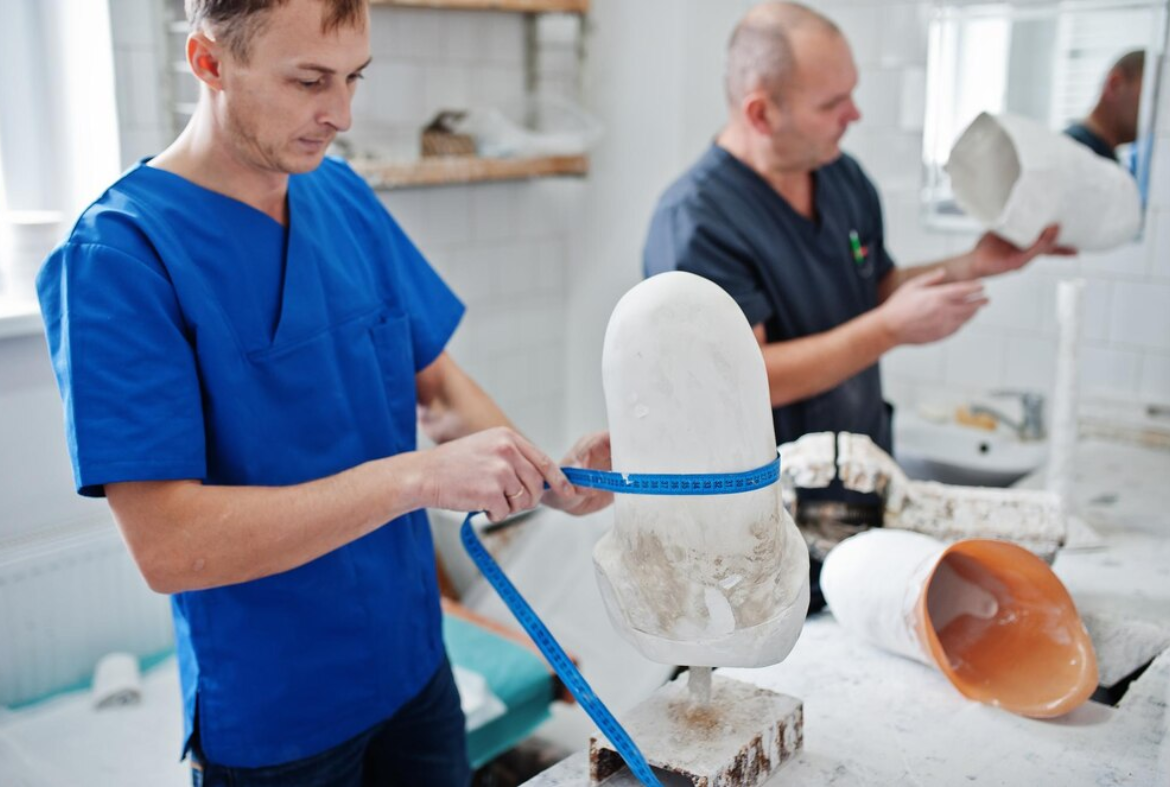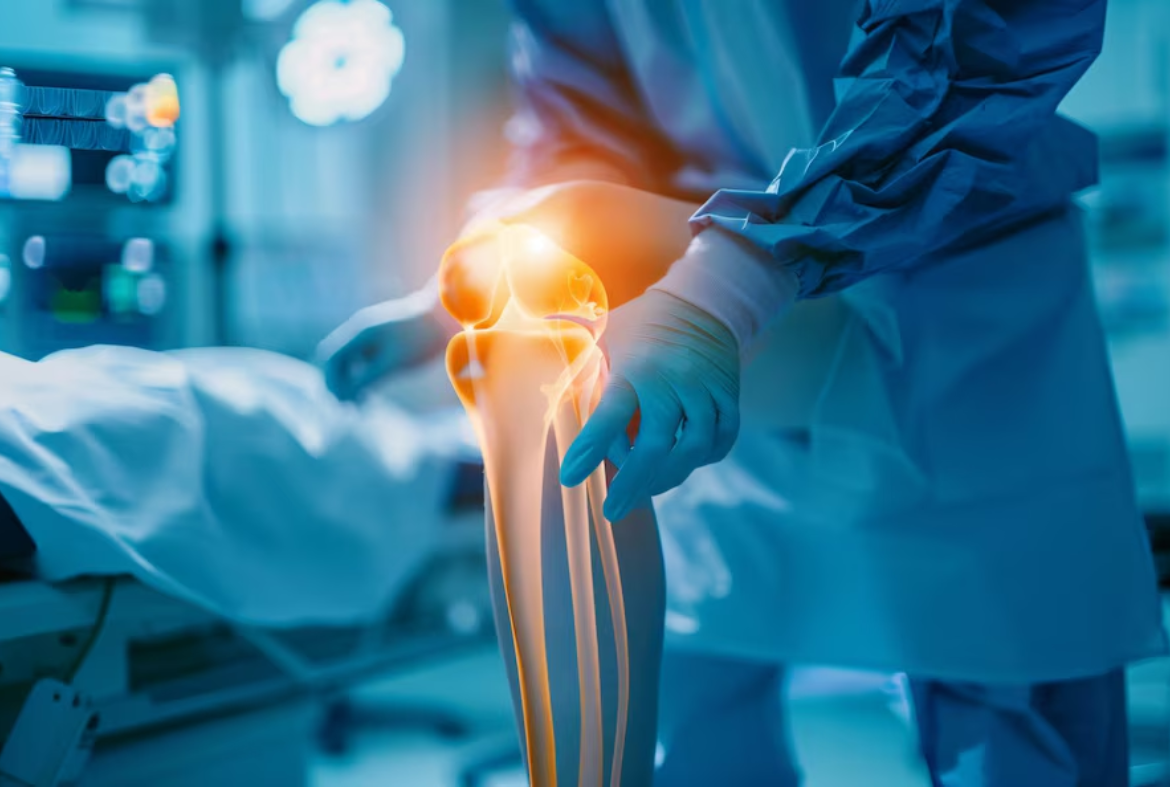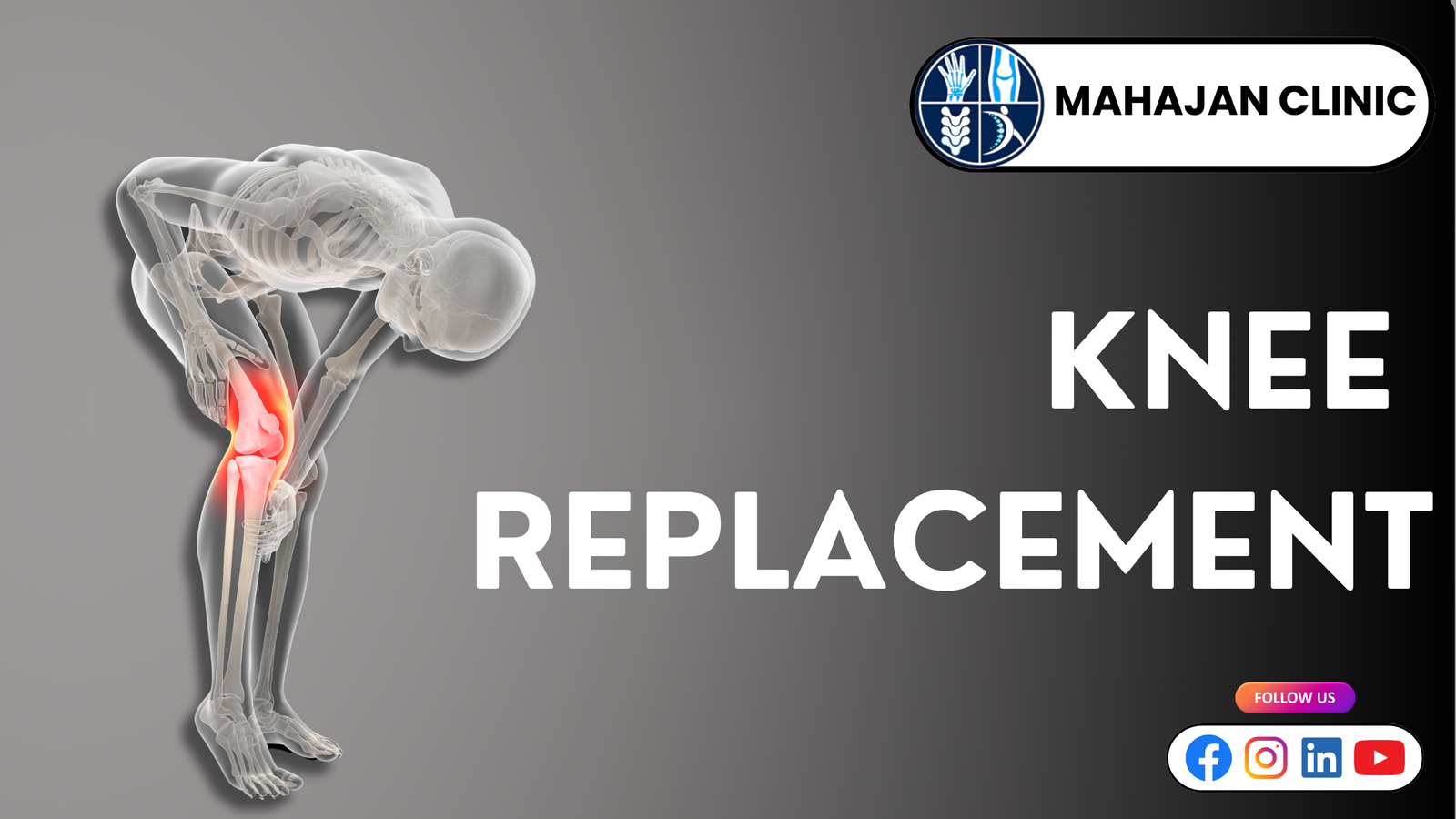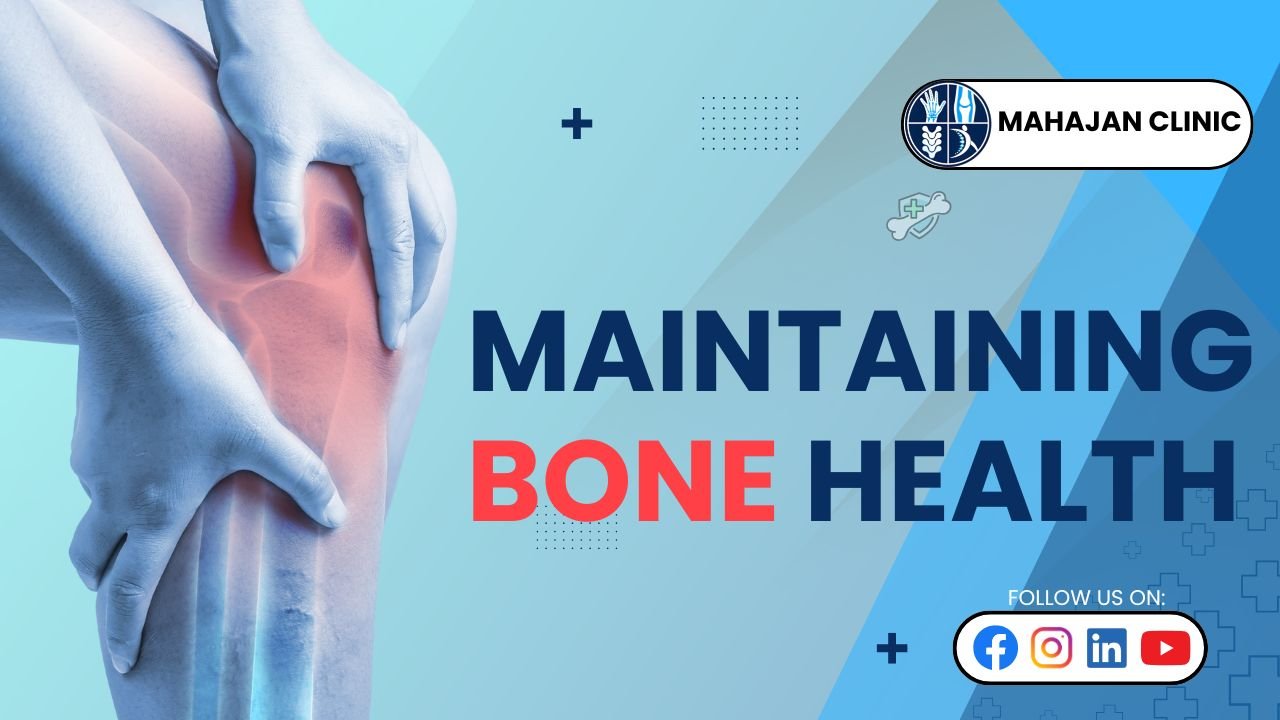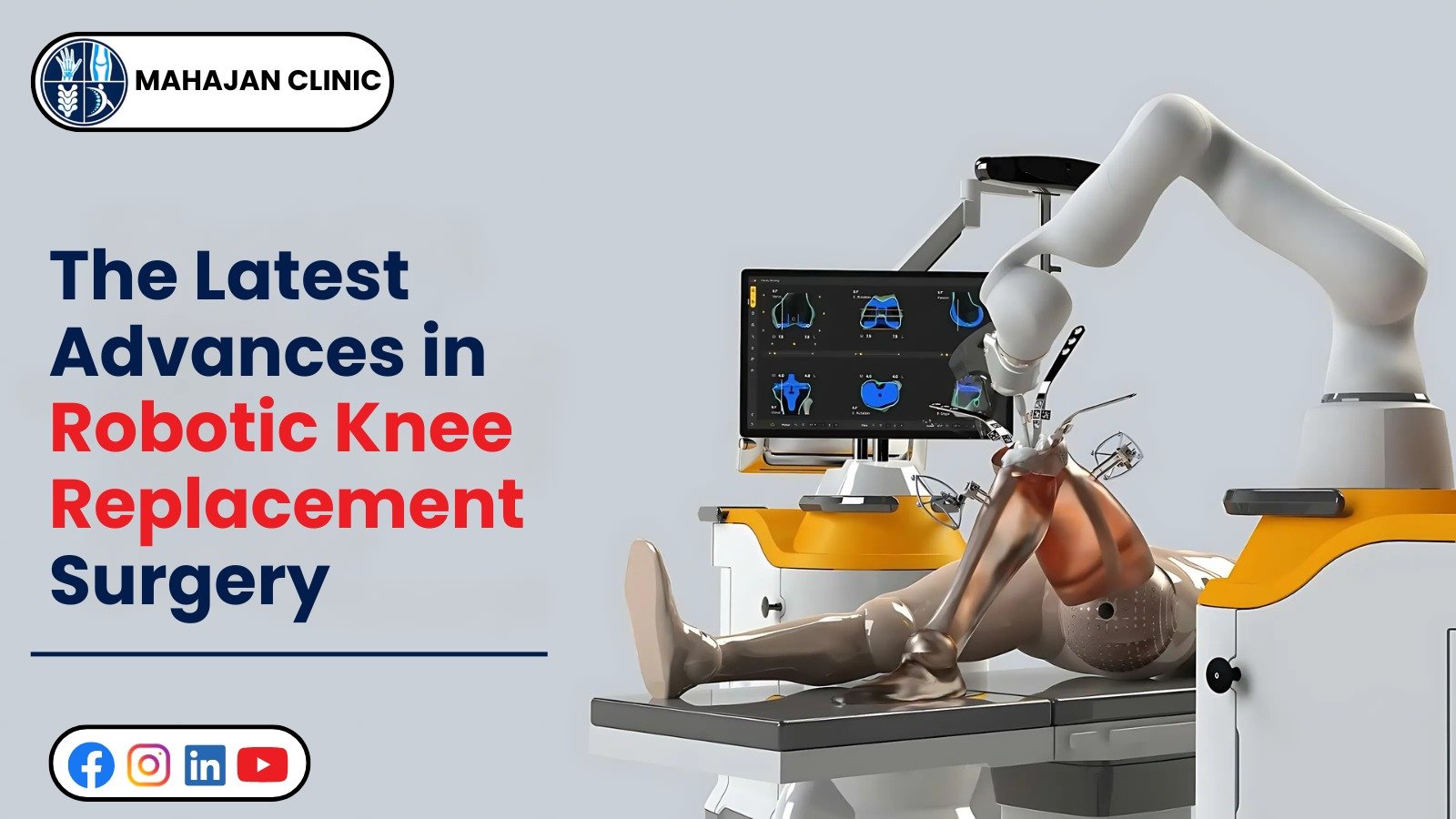Blog Details
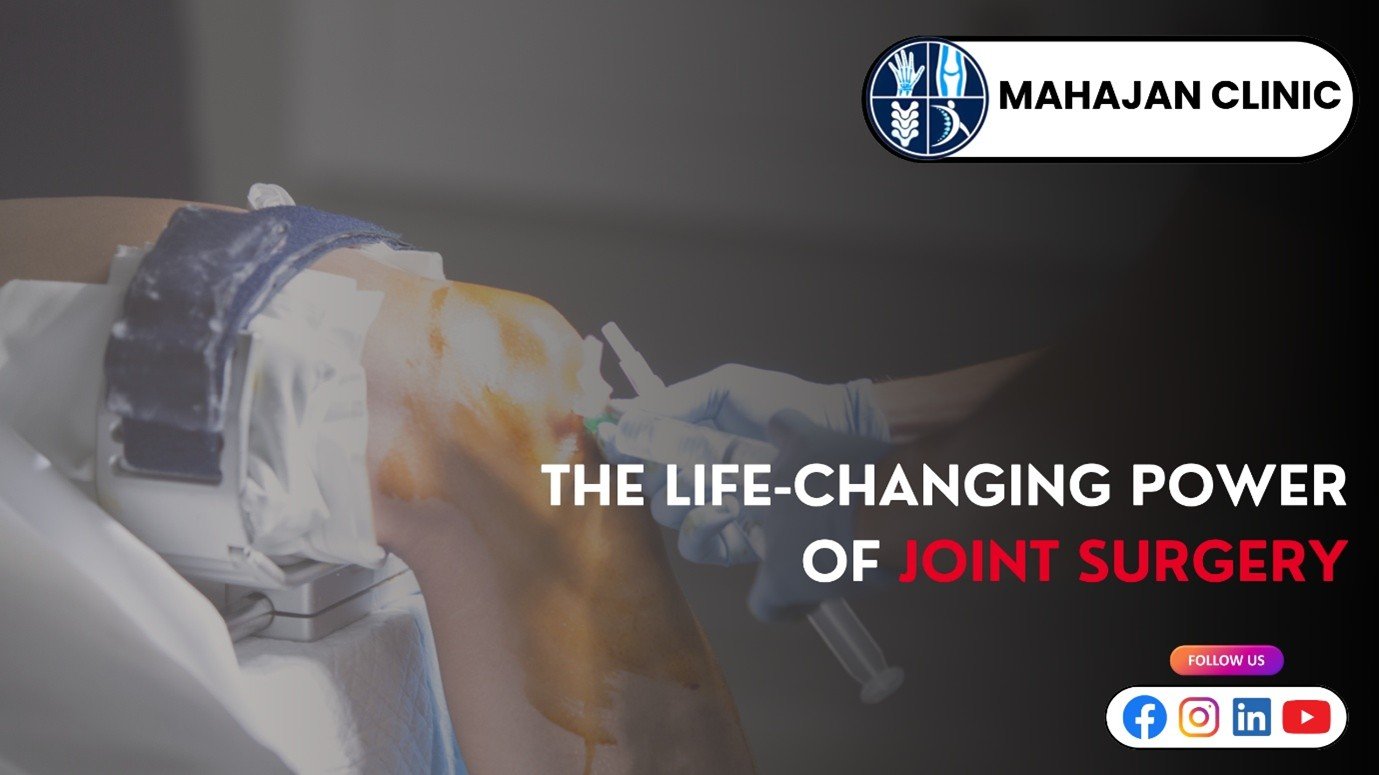
How Joint Replacement Surgery Can Improve Your Quality of Life
It can be very restrictive to live with chronic joint pain on a social, emotional, and physical level. Walking up stairs, standing for extended periods of time, or bending down to tie your shoes are examples of simple movements that used to be effortless but can now become everyday challenges. Joint replacement surgery provides a life-changing solution for many patients, especially those with severe joint injury, rheumatoid arthritis, or osteoarthritis. Regaining your ability to move, work, and enjoy life is the goal of joint replacement, according to Dr. Rakesh Mahajan of Mahajan Clinic.
We will explore the key benefits of joint replacement, what to anticipate both before and after surgery, and how it can improve your quality of life.
Understanding Joint Replacement
Artificial implants are used to replace worn-out or damaged joint surfaces during a joint replacement surgery. The knees, hips, and shoulders are the joints that are most frequently replaced. Usually constructed of ceramic, plastic, or metal, these prosthetics are intended to replicate the motion of a normal joint.
Joint replacement is a serious decision. It typically occurs after years of using medicine, physical therapy, or changing one's lifestyle to manage pain. Surgery becomes a very effective option when these alternatives are no longer able to provide relief and everyday function is compromised.
Regaining Pain-Free Movement
One of the most immediate and life-changing benefits of joint replacement is pain relief. Both physical and mental energy can be depleted by persistent joint pain. A cascade of discomfort results from its effects on the joint itself as well as surrounding muscles, nerves, and posture.
By removing the damaged surfaces and substituting them with smooth, useful implants, joint replacement addresses the underlying cause of this pain. For many, this entails sleeping through the night without chronic pain, climbing stairs without flinching, and walking without limping.
Reducing pain enables patients to resume their active lifestyle, which starts a positive domino effect that includes increased engagement in daily life, better sleep, increased fitness, and improved mood.
Improved Mobility and Function
Freedom is mobility. That freedom is jeopardized when your joints ache with each step or motion. Joint stiffness, poor circulation, and muscle weakness result from immobility brought on by joint pain over time.
This pattern can be reversed with joint replacement. Through physical therapy and rehabilitation, patients can regain their range of motion after the damaged joint has been replaced and the healing process has started. They can frequently resume activities they used to avoid, such as dancing, cycling, gardening, and brisk walking.
These functional enhancements extend beyond the physical realm. Self-esteem and emotional well-being are significantly impacted by the psychological boost that comes from being independent once more, whether it be driving, playing with grandchildren, or going to the market without help.
Long-Term Benefits of Joint Replacement
After surgery, the primary focus is on mobility and pain management, but the benefits of joint replacement continue for a long time. Artificial joints can last 15–20 years or more with the right maintenance and a supervised rehabilitation program, providing long-lasting improvements in:
- Physical activity levels
- Cardiovascular health (due to increased movement)
- Mental clarity and mood
- Weight control
- Overall energy levels
Joint replacement frequently relieves patients of the need for chronic painkillers, particularly opioids, which can have negative side effects or dependence risks.
Common Myths and Fears Debunked
A lot of patients are hesitant to have joint replacement surgery because of old fears or misconceptions. They might think they're too old to have surgery, the recovery is too drawn out, or the implants won't last. Although every case is unique, the procedure is now safer and more predictable than ever thanks to advancements in anesthesia, surgery, and rehabilitation protocols.
Let's clear up some common misunderstandings:
- Myth: You’ll be bedridden for months.
Fact: Most patients begin walking with assistance the day after surgery and resume basic tasks within weeks. - Myth: Only younger people can benefit.
Fact: Age alone is not a limiting factor. Many patients in their 70s and even 80s have successful outcomes. - Myth: Artificial joints don’t last long.
Fact: With current materials and surgical precision, joint replacements often last decades.
What to Expect After Surgery
Recovery after joint replacement isn't quick, but it's doable and worth the work. Physiotherapy, guided movement exercises, and pain management are typically included in post-operative care. Most patients recover enough mobility to perform daily tasks within the first few weeks. Strength and stability gradually increase over the ensuing months.
After surgery, you can anticipate the following reasonable results (with appropriate care and rehabilitation):
- Significant reduction or complete elimination of joint pain
- Increased confidence in walking or standing without support
- Return to work (depending on job type) in 1–3 months
- Resumption of light recreational activities like swimming, walking, or golf
It's critical to heed the advice of your surgeon, show up for all physical therapy appointments, and exercise patience as you recover. Your long-term outcomes are directly impacted by the amount of work you put into your recovery.
Lifestyle Changes That Support Joint Health
Although surgery fixes the joint's mechanical issue, your daily routine is crucial to guaranteeing the benefits of joint replacement last long. The following lifestyle adjustments are worthwhile:
- Maintain a healthy weight to reduce strain on your new joint
- Stay active with low-impact exercises like swimming or walking
- Avoid high-impact sports that can wear out the joint prematurely
- Do regular strength and balance training to support joint function
- Keep up with routine follow-ups to monitor implant health
These changes are empowering rather than constrictive. They help you get the most out of the surgery and safeguard your investment in your body.
A Second Chance at a Fuller Life
Perhaps the most underrated benefit of joint replacement is the social and emotional liberty it brings back. Depression, a sense of powerlessness, and social disengagement are frequently caused by chronic joint pain. Physical limitations prevent many people from engaging in hobbies, traveling, or visiting friends.
Life usually opens up again after surgery. Enjoying a family vacation, going for evening walks with your significant other, or just moving fearlessly are all examples of experiences that reinforce your vitality and independence.
Your mind follows your physical well-being. And that's what quality of life is all about.
Final Summary
Joint replacement surgery is a tool for improving one's quality of life, not just a medical fix. It brings back mobility, eases pain, and boosts self-esteem. This procedure might be the solution for you if joint pain is depriving you of your everyday happiness and productivity. The sooner you take action, the sooner you can regain the lifestyle you deserve, according to Dr. Rakesh Mahajan of Mahajan Clinic. Ask the right questions, consider your options, and start down the path to joint pain relief.
